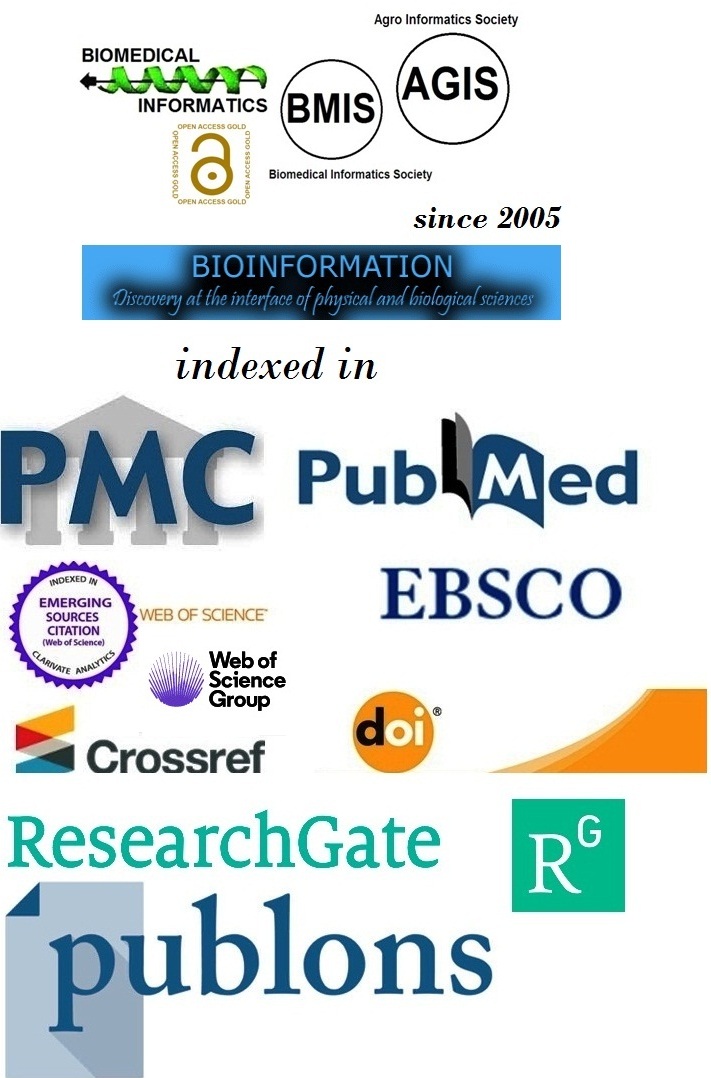Title
Behavioral outcome prediction among children using machine learning
Authors
P.V. Samir1,*, G Aruna Kumari2, Nandini Biradar3, Kodali Srija2, Debasmita Das4 & Sukabhogi Anusha5
Affiliation
1Department of Pedodontics & Preventive Dentistry, Kalinga Institute of Dental Sciences, KIIT Deemed to be University, Bhubaneswar- 751006, India; 2Department of Pedodontics & Preventive Dentistry, Malla Reddy Dental College for Women- Mallareddy Viswavidyapeeth, Hyderabad, India; 3Department of Conservative dentistry and Endodontics, Private Practitioner, Biradar Dental care, Bidar, Karnataka, India; 4Department of Pedodontics and Preventive Dentistry, Hi-Tech Dental College & Hospital, Bhubaneswar, India; 5Department of Pedodontics and Preventive Dentistry, Meghana Institute of Dental Sciences, Nizamabad- 503001, Telangana, India; *Corresponding author
PV Samir - E-mail: pv.samir@kids.ac.in
G Aruna Kumari - E-mail: aruna2thdoc@gmail.com
Nandini Biradar - E-mail: dr.nandini.salger@gmail.com
Kodali Srija - E-mail: srijakodali5@gmail.com
Debasmita Das - E-mail: dasdebasmita08@gmail.com
Sukabhogi Anusha - E-mail: anushapatil.sukhabogi@gmail.com
Article Type
Research Article
Date
Received June 1, 2025; Revised June 30, 2025; Accepted June 30, 2025, Published June 30, 2025
Abstract
Behavioural management in paediatric dentistry is essential for treatment success, yet predicting a child’s behavior remains a challenge. This study used machine learning models on data from 120 children aged 4–10 years, incorporating clinical and historical variables such as age, dental history and parental anxiety. Among the models tested, Random Forest achieved the highest accuracy (87.5%) in predicting behavior based on the Frankl scale. Key predictors of negative behavior included younger age, high parental anxiety and prior negative dental experiences. These findings highlight the potential of machine learning to support behavior guidance planning and improve clinical outcomes.
Keywords
Pediatric dentistry, machine learning, behavioral prediction, dental anxiety, random forest, frankl scale
Citation
Samir et al. Bioinformation 21(6): 1555-1558 (2025)
Edited by
Hiroj Bagde MDS, (PhD), PGDCR, PGDHHM, PGDL, PGDM
ISSN
0973-2063
Publisher
License
This is an Open Access article which permits unrestricted use, distribution, and reproduction in any medium, provided the original work is properly credited. This is distributed under the terms of the Creative Commons Attribution License.
